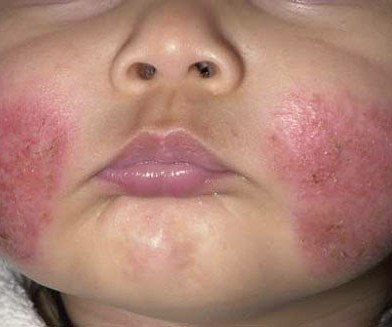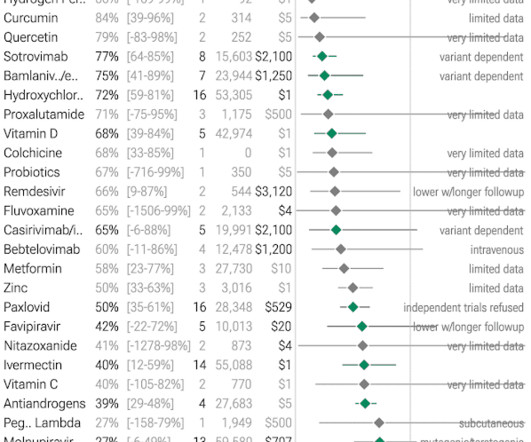Pediatric Psoriasis: Characteristics of a Cohort at UCSF Spanning 2 Decades
The Dermatology Digest
NOVEMBER 1, 2021
“There has been a substantial increase in the use of systemic and biologic therapies over time, which is an important step in bridging the treatment gap for moderate-to-severe pediatric psoriasis patients,” noted Carmel Aghdasi, BA, one of the study authors.











Let's personalize your content